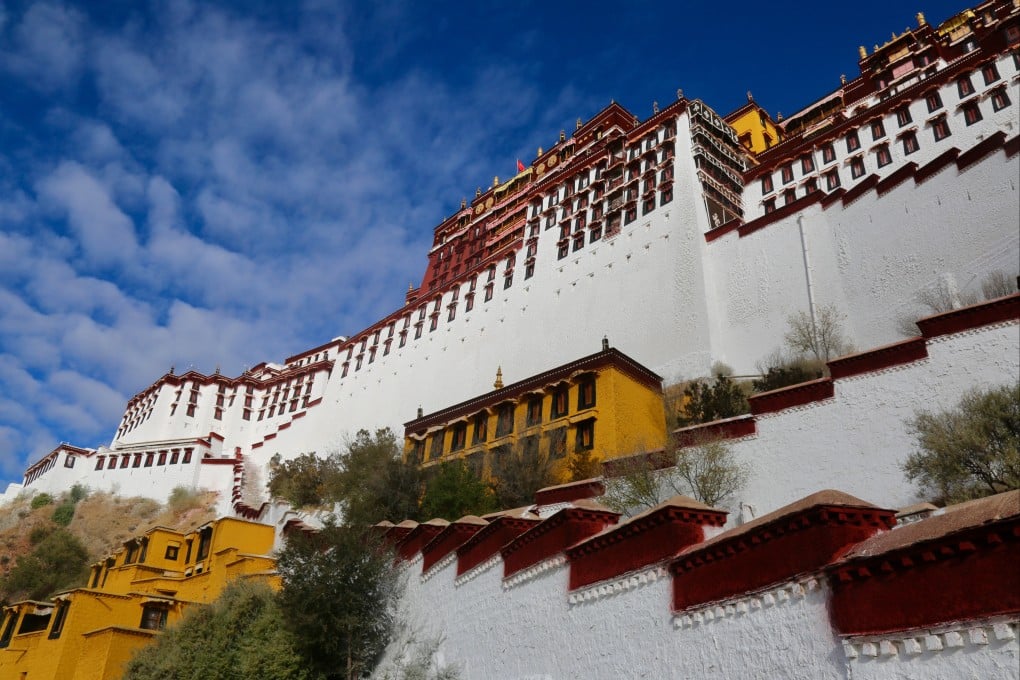Exploring Lhasa: Tibet’s sky-high capital pairs history and modernity against a striking plateau landscape
A Western travel writer takes to the well-surveilled streets of Lhasa, and discovers another, almost alien cityscape atop the world’s highest plateau

I step out of my hotel in the old city of Barkhor – one of the few parts of Lhasa, Tibet, where foreign tourists are allowed to walk unaccompanied by a guide – and into a bustling faux-medieval bazaar where steam pours from big bubbling cauldrons in tea-houses and rickshaws run amok.
The roads are lined with whitewashed terrace buildings built in the traditional style from stone, clay and wood, and embellished with the “endless knot”, the “wheel of life” and other symbols of Tibetan Buddhism.
Shops and stalls sell everything from big wheels of yak cheese to perfumes, shawls from Nepal, carpets from India, handmade sweets and dried meats, prayer bowls and other religious paraphernalia.

The mid-20th century was a tumultuous time for Tibet, and the government in exile describes the sinicisation programmes that have taken place since China asserted sovereignty in 1950 as cultural genocide, but if that remains the case, Beijing is doing a poor job of it: Tibetans account for almost 90 per cent of the population of the Tibet autonomous region. Tibetan is their first language and they almost universally practise Tibetan Buddhism or the native Bon religion.
Monks who were forced to leave monasteries to “live a normal life” during China’s Cultural Revolution of the 1960s have returned in great numbers to Lhasa. As have beggars.
Panhandling has been banned in many parts of China but it’s still in mode in the city, where giving alms is an easy way for Buddhists to earn merit. Some beggars present cards with QR codes for e-payments – a stark example of the contrast between old and new here.
